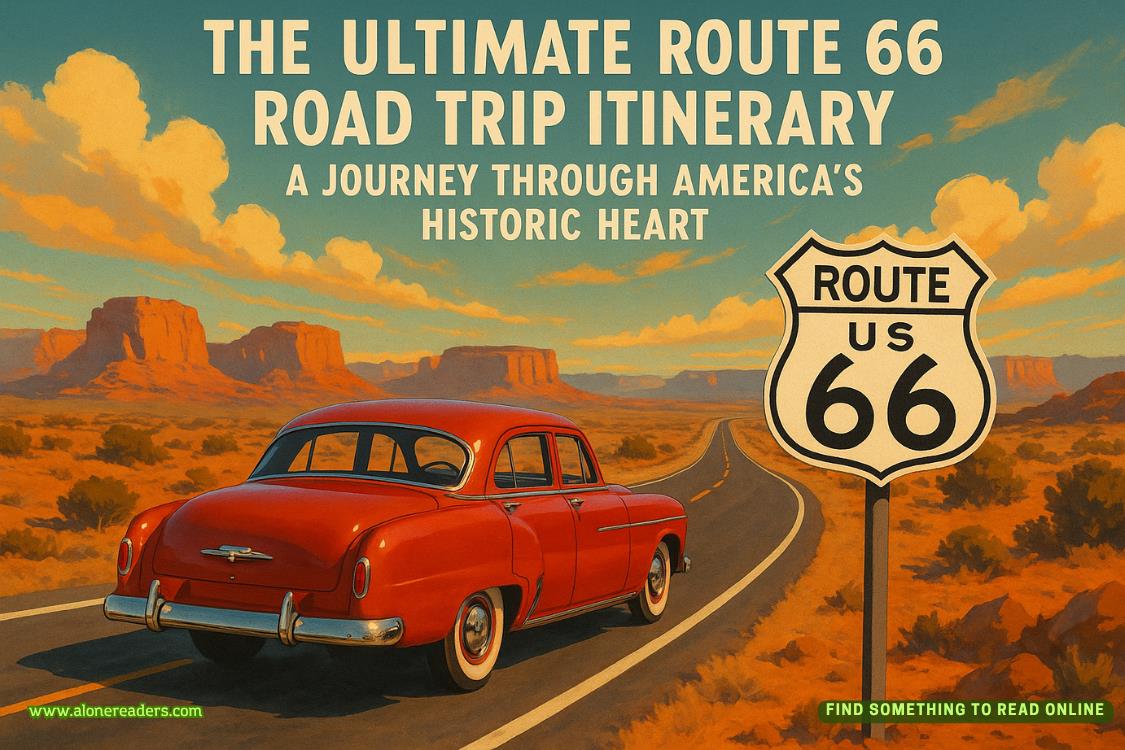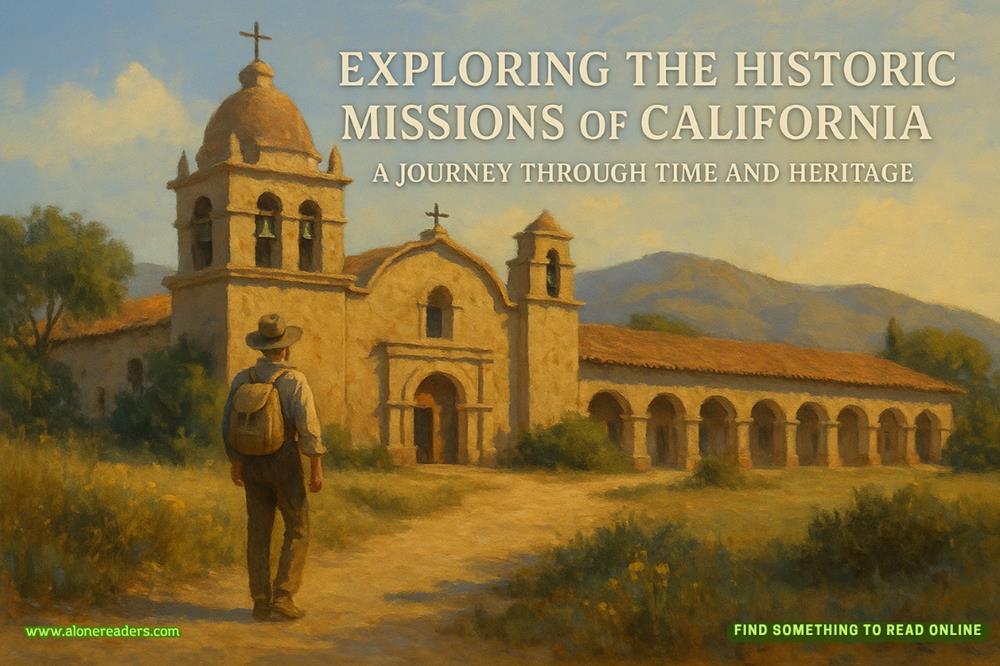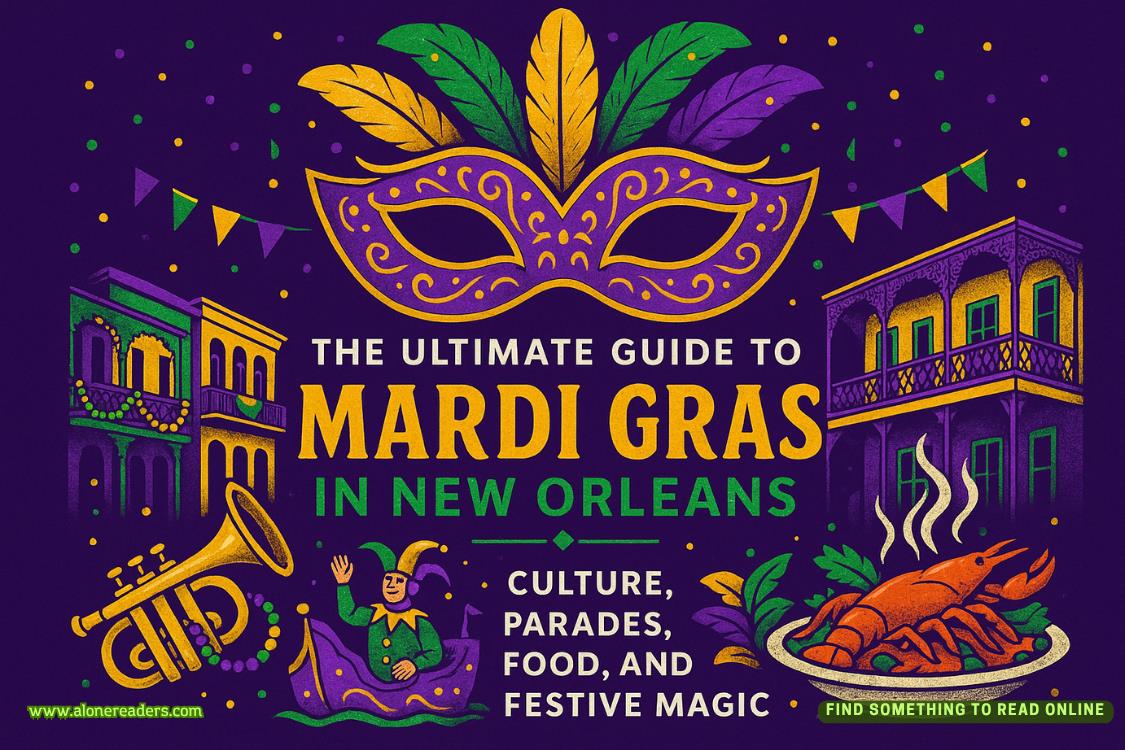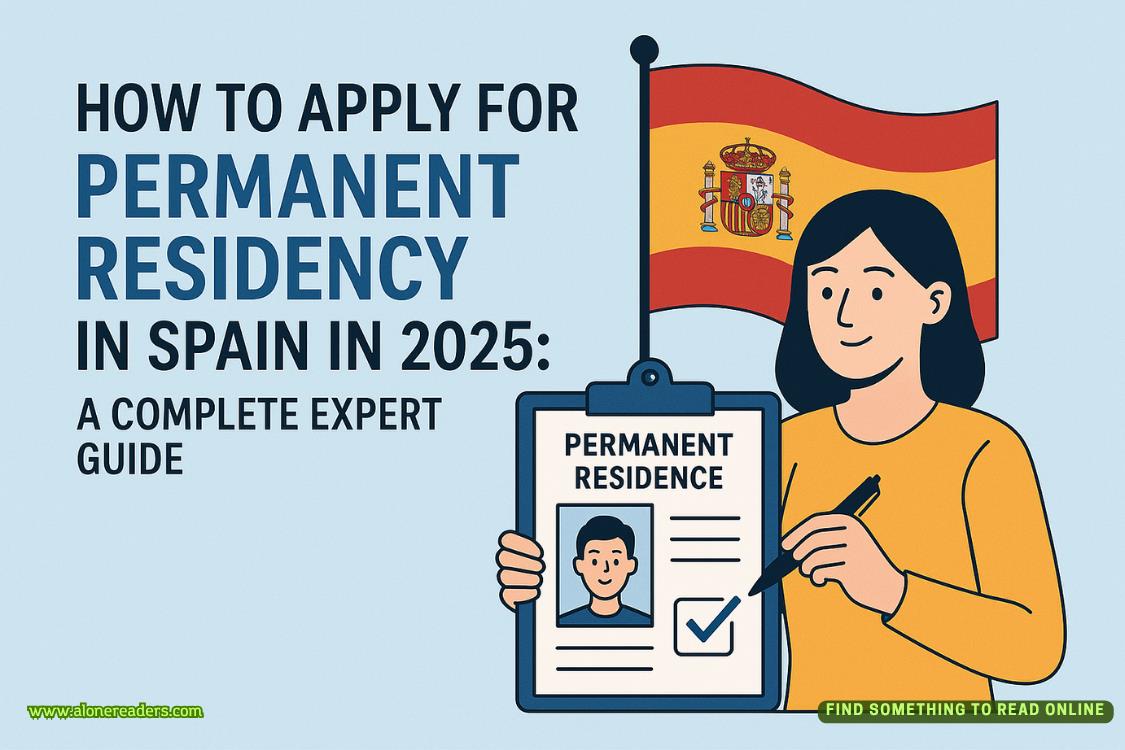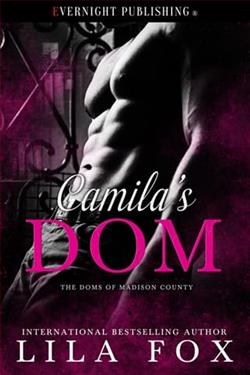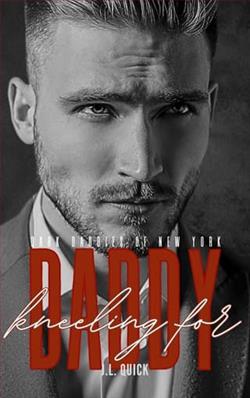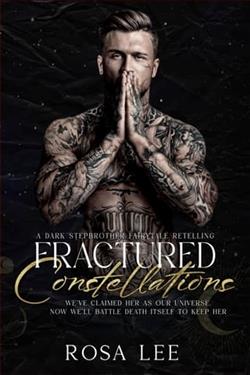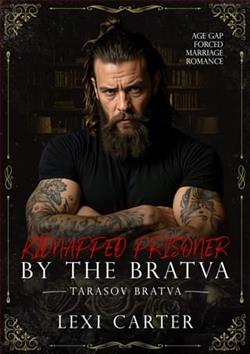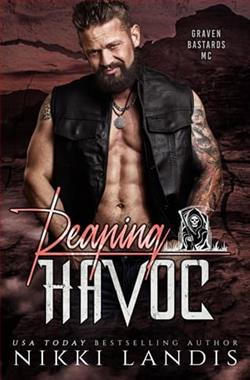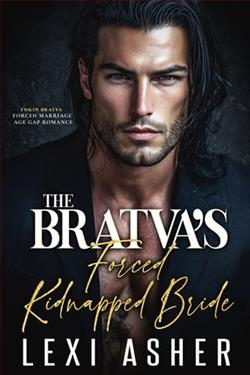Page 10 of The Delivery
“Hey Jen, what’s up?”
“Oh I wanted to speak to you about the interview. Did you get a chance to look those street artists up?”
“Oh yes! I started to, but then I got sidetracked. I saw the pictures of the backpacks and hoodies. A lot of hoopla over some political art.”
“They’re pretty serious about their movement. A lot of their work is anti government and against the drug cartels. They have some felony charges, mainly for where they place their art. The Dibujeros are kind of a big deal.”
“Are you still thinking Moisés is a member?”
“I’m pretty sure he is. I mean I’ve all but confirmed with out directly asking him.”
“Let me ask you this, does it affect his candidacy?”
“Not if no one finds out. I thought maybe we could curtail the media. That way he can do his work under the radar.”
“I see what you’re saying. Then, yeah, let’s do it. I’m not concerned about art as activism. It’s not like we’re talking about drugs or violence.”
“I printed out some good articles about what they do and who they are. Read the “Portrait Project,” it’s really fantastic,” Jennifer scurries over and drops some literature on top of my desk.
“I appreciate you looking out for him, Jennifer. He’s obviously extremely talented and a special person.” I feel like a loser qualifying him with those words, but I really don’t know what else to say. Jennifer leaves my office with an apologetic smile and I go through the articles she’s left on my desk.
“The Portrait Project,” is in essence, the painting of many portraits in large scale and on conspicuous surfaces. The idea behind the endeavor is a powerful one—that it’s the killers face that stays with society at large, from the Columbine shootings to the movie theater massacre, it’s the perpetrators face we most often remember. The project attempts to immortalize the victims, by eulogizing them in their spray painted likeness, out in public for all to see. The magnitude of the project is mind-boggling as the artists are currently undertaking portraiture of those killed in the drug war on the Mexican-American border. Those numbers reach almost into the hundreds of thousands and that doesn’t even begin to count in the research of identifying the victims and finding pictures to paint from. My head starts to spin with the scope of the project.
Then I see him in the article. I can’t be sure, but somehow I am. The shot is taken from behind at an angle. Black pants, black sweatshirt, arm lifting the can. Something in the way he holds his shoulders, you can almost see the profile of his face. I stare with so much longing at the printed-out copy of a blurry, mediocre picture that I wonder if I’ve fallen into a trance. I like him even better because he does this. He’s an enigma and I’m obsessed.
On Friday morning, as I come down the hall that leads to my office, I find him standing outside the door with a large canvas wrapped in brown paper and tied with a string. He’s wearing his standard uniform of jeans and a tshirt. He’s got no hat on today, and his hair is up in a topknot while the sides are neatly shaved. A beautiful cut of jade stone hangs around his neck on a long leather chain.
“Do you make your own jewelry?” I ask as I dig in my purse to find the keys to the office.
“Yes, ma’am,” he says and adjusts the brown package.
“How’d you get in so early?” I ask him, dreading the answer. I’m constantly afraid he’ll do something to get kicked out, that I’ll never see him again, and that he’ll make the wrong choices and end up heading back down the wrong path. It’s such a delicate balance trying to encourage these kids. I feel so strongly about Mozey, it ignites an emotional spark in my chest. I do want what’s best for him.
“I volunteered to put out the stock for art supplies. I got here at seven. Pedro and Amir let me in. I already finished restocking the creative spaces.”
I nod my head at him as I turn on the lights and hang up my jacket.
“You could wear the jade piece if you’d like it, Lana. It matches your eyes.”
I look at him and feel weak at his offer and his sincerity.
“What did you need to see me about?” He looks surprised because I don’t acknowledge his offer. There are a million papers on my desk to look at so there’s no need to make eye contact with him.
“I brought you a painting like I said I would. It’s a new one. I did this especially for you.”
I stand behind my desk and blankly stare at him. No one’s ever made me any art before. I’m so touched I can’t move. I can’t act normal. I can’t even breathe with him in here. It makes me want to cry that he’s made something with me in mind.
“Let’s see it,” I say, my face revealing nothing. I try to quickly reference how my parents reacted when I was a kid and my brother or I made them art. That would be the correct response here, to meet it with pride and approval. Not throw my arms around his neck and kiss him passionately like I want to.
He tears away the brown wrapping with emotion I can’t define as either anger or excitement. I hand him scissors, and he cuts the string and the paper falls away.
“It’s a—I don’t know how you call them in English. We call them Tunas like the fish, but it’s actually a fruit.”
I wonder who we is. Is Mozey an orphan, or is he part of a large Mexican family?
“Prickly Pear,” I say and the words feel sticky on my tongue. I’m fighting with all I am to hold the emotions at bay. There’s pressure in my face, from the weight of tears building, eager for release. “It’s beautiful,” I say and sniff to keep my nose from running.
“Yeah?” Mozey says, his face blossoming with light. “The skin is thick and is covered in cactus spikes. You have to be careful and wear special gloves when you pick them, but even then sometimes you get stuck and those things fucking hurt and make you seriously bleed.”
